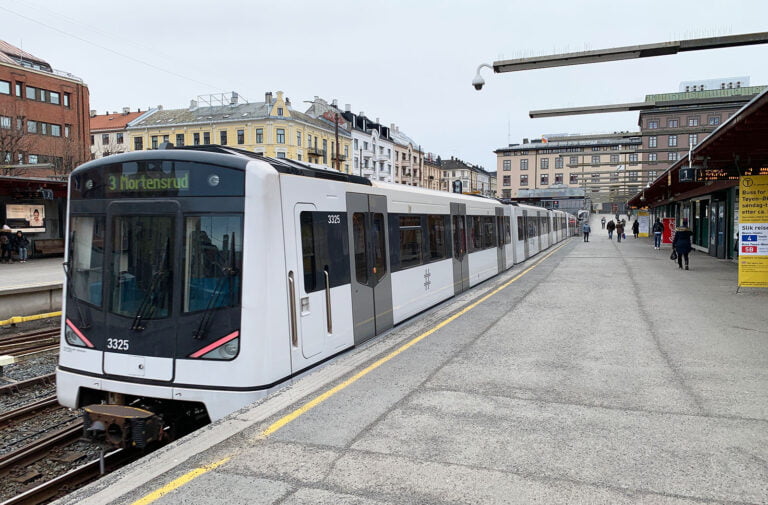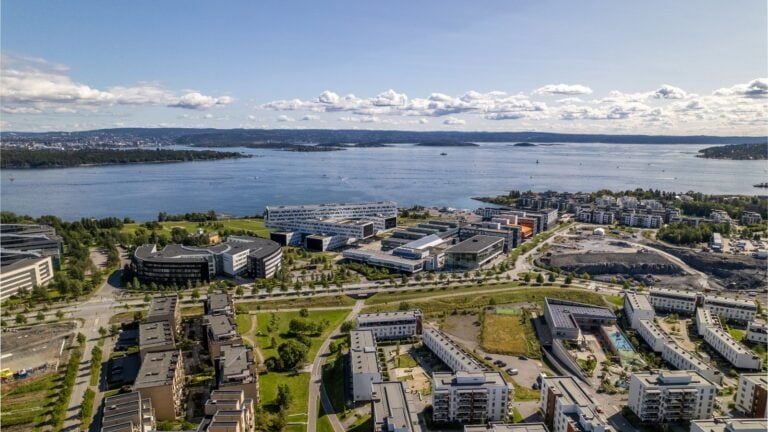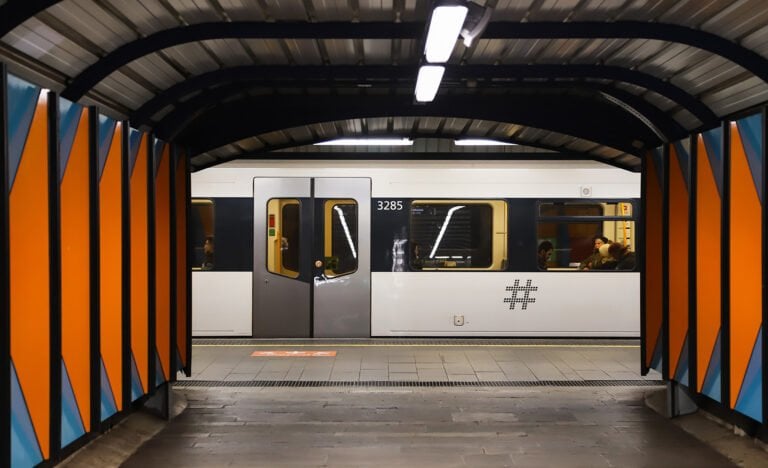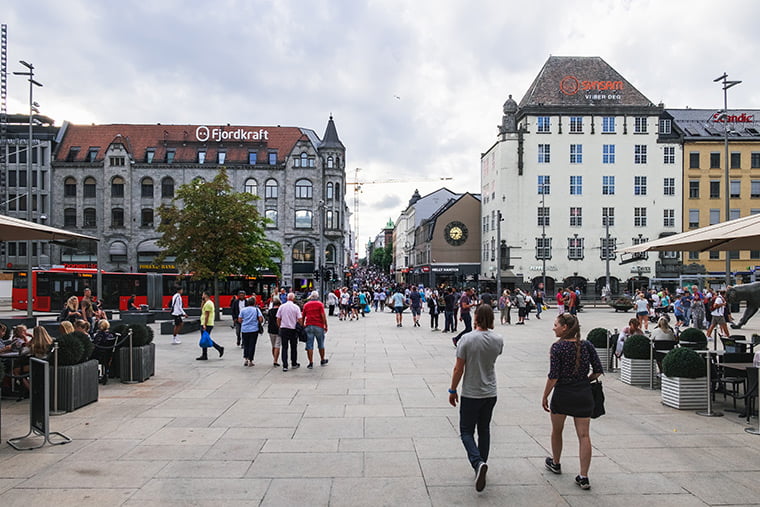Two years after construction began, the new Fornebu line has been hit with delays and financial problems. Here's what you need to know.
Public transport users in Oslo celebrated in 2020 when work finally began on the T-Bane (metro) extension to Fornebu. But now, that optimism has turned to frustration.

The scheduled end date for the project has already slipped by two years, and the budget is quickly spiralling out of control.
The issues have thrown the future of the project into doubt. Emergency meetings are now planned to decide on a plan in the weeks to come.
The plans for the Fornebu line
After more than 20 years of discussion, politicians finally agreed in 2019 to extend the metro system to Fornebu. The 8.2km-long line from Majorstuen to Fornebu is set to be one of the cornerstones of the Oslo metro expansion in the decades to come.
It features six new underground stations at Skøyen, Vækerø, Lysaker, Fornebuporten, Flytårnet and Fornebu Senter with a redevelopment of the existing station at Majorstuen.

Fornebu is a rapidly developing suburb of commercial and residential buildings on the former site of Oslo Airport. But with commuter buses packed with people, many commuters choose to drive there instead.
Project problems
Now the flagship project’s future is in question because of spiralling costs and lengthy delays.
The original plan was for the Fornebu line to open in 2027, but that has already been extended to 2029. Meanwhile, costs have jumped from NOK 18.5 billion to NOK 23.2 billion.
Many critics have said there is not enough experience within the public agency managing the project. Also, the line cuts across the Oslo-Akershus county border and politicians frequently clash over the project.

While Oslo's politicians claim the project should continue as planned, others have different ideas. Some want to stop the project completely, while others want to shorten the route to run between Majorstuen and Lysaker only.
Others are looking at ways to finance the cost increases. Drastic increases to road tolls have been proposed, as have a stop on other transport projects. Others want the government to step in to plug the gap in finances.
“We scratch our heads a little. We will consider all options, and look at all opportunities to save money,” Sirin Hellvin Stav told Dagsavisen. She is the Oslo City Councillor responsible for Environment and Transport.
“There are opportunities to save money by removing some planned stations. Of course, we must consider that. But we can not cut stations without the track becoming significantly less valuable for the city,” she added.

There is likely to be a lot of noise coming out of Oslo in the weeks to come as a series of emergency meetings are planned to discuss the way forward. Watch this space!
Public transport in Oslo
Norway's capital city Oslo is one of Europe's fastest-growing cities. The rising population puts pressure on public transport in Oslo, so a series of improvements have been planned.
New trams and tram lines have been built in recent years, while a series of improvements to the metro system are underway. In addition to the Fornebu line, the most notable project is the new city centre tunnel.
The tunnel is planned to run from Majorstuen to Tøyen, as the original one does. However, it will run via new stations at Bislett and Grünerløkka (by Nybrua), and provide a passenger connection to the original tunnel at Stortinget station.


Thanks for this informative article. One thing: I believe the reference to the Oslo-Akershus county border should actually be Oslo-Viken.